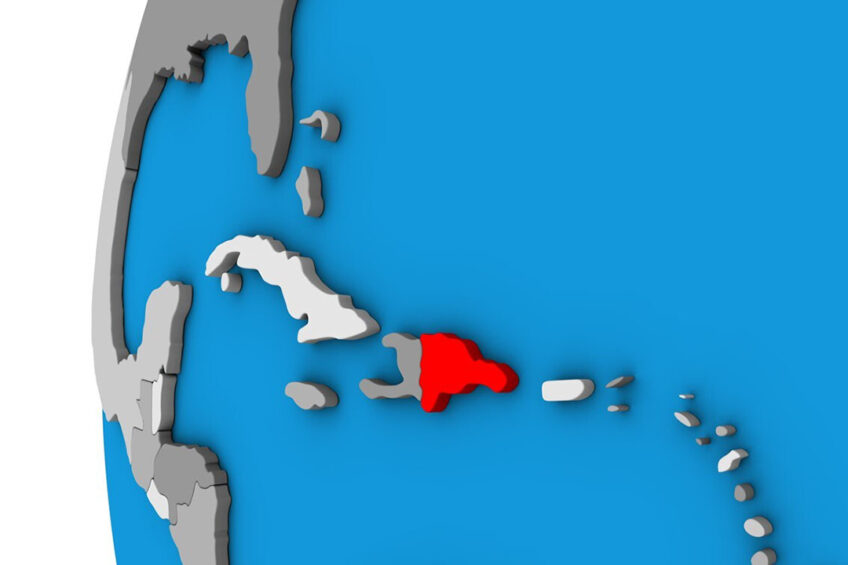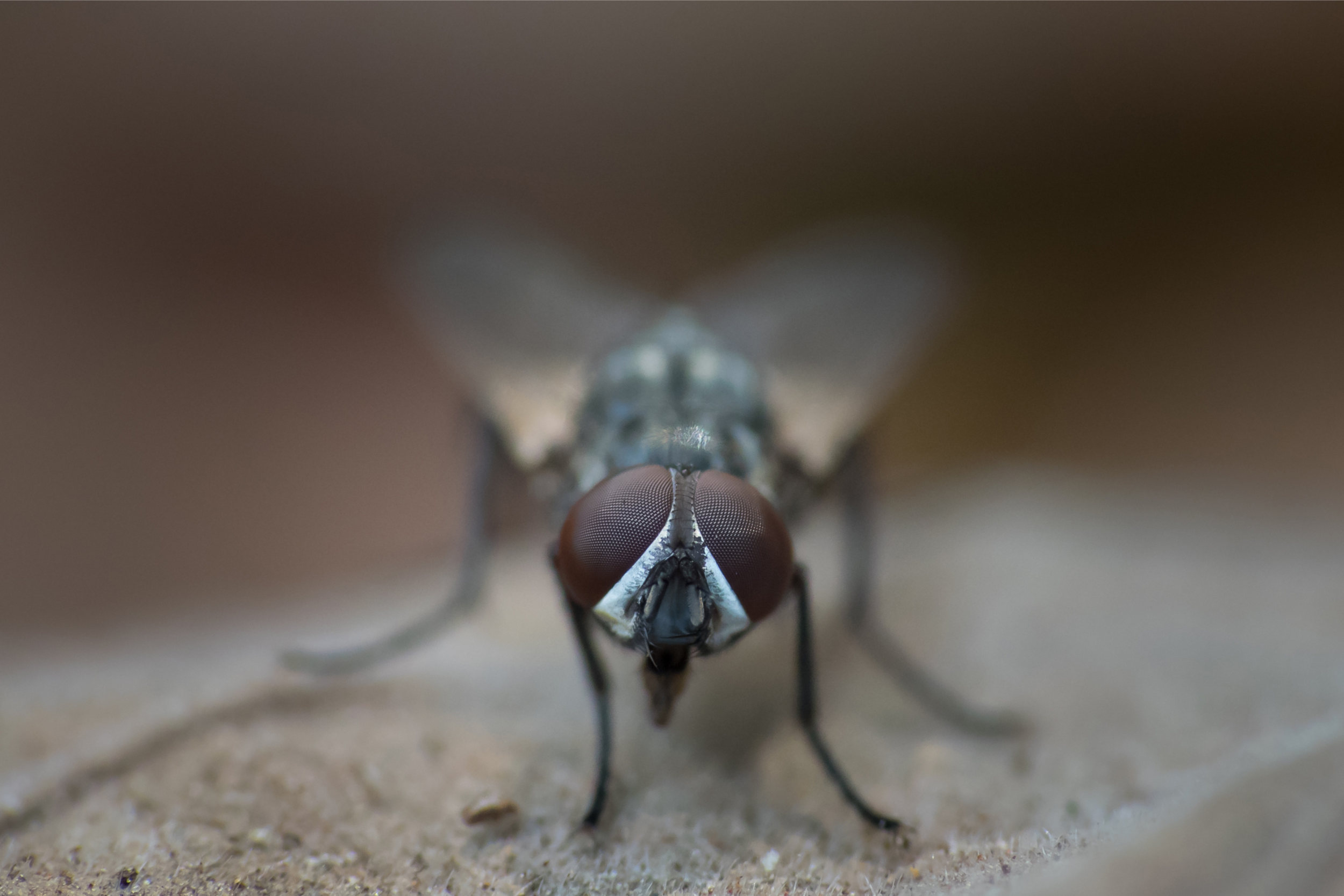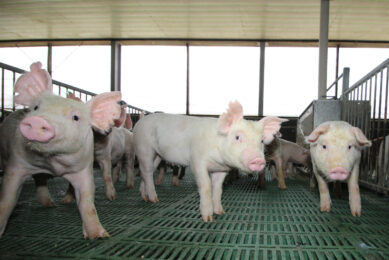ASF Dominican Republic: Virus spreads to east, south

African Swine Fever (ASF) has now been found in La Altagracia, the easternmost province of the Dominican Republic, as well as in Barahona province in the south. That means that the virus is now found in all corners of the peninsula.
The most recent update from the World Organisation for Animal Health (OIE) contains various new outbreaks in already infected provinces, plus outbreaks in La Altagracia, Puerto Plata (north) and Barahona (south).
In total 18 provinces infected with ASF
That brings the total confirmed infected provinces to 18 of a total of 32. The authorities have officially communicated that the virus is in 15 provinces, i.e. Sánchez Ramírez, Duarte, Santiago, Hermanas Mirabal, La Vega, Espaillat, Monte Cristi, Dajabón, Santiago Rodríguez, San Pedro de Macorís, Elías Piña, San Juan, Monte Plata, the National District and Barahona.
From OIE reports, it is clear that Santo Domingo, La Altagracia and Puerto Plata provinces can be added to that list.
In the meantime, the Dominican authorities are continuing to pay compensatory checks to pig farmers in affected provinces, whose animals had to be culled to avoid a further spread of the virus, in La Vega, Espaillat, Hermanas Mirabal provinces. Earlier this week, also compensatory payments were made to farmers in Puerto Plata province.
In a press release, the Dominican minister of agriculture Limber Cruz, said on Wednesday August 25, around 51,000 pigs had been slaughtered for whom producers were compensated.
Read also: Latin America on high alert because of ASF
The “Crisis Committee PPA LatAm” has been formed by 22 national organisations from 18 countries in Latin America to prevent the disease advancing into the continent. Find out more…
Protection zone in Puerto Rico and US Virgin Islands
In light of the outbreak of ASF in the Dominican Republic, the United States have announced that they are preparing the establishment of a foreign animal disease protection zone in Puerto Rico and the US Virgin Islands.
Even though both areas are not a state within the USA, both are US territory in the Caribbean – Puerto Rico is only 115 km from Dominican shores. Should the virus also be detected in either Puerto Rico or the US Virgin Islands, export restrictions would now likely affect the entire United States.
Relevance of a foreign animal disease protection zone
In a press release by the Animal and Plant Health Inspection Service (APHIS), part of the US Department of Agriculture (USDA), the relevance of a protection zone was explained: “The World Organisation for Animal Health (OIE) provides for the establishment of a protection zone within an area free of disease, as a temporary measure in response to an increased risk from a neighbouring country or zone of different animal health status.”
The press release continued to explain: “Once the OIE recognises the protection zone(s), APHIS will work to confirm that individual countries recognise and accept the zone(s). Their recognition will ensure the continued flow of US pork and live swine exports.
Advantages of protection zone
“When the protection zone is established, APHIS will have processes in place in Puerto Rico and the US Virgin Islands to:
- Restrict movement of live swine and products out of the protection zone;
- Conduct appropriate surveillance within the protection zone to quickly detect introductions of disease;
- Conduct a public education campaign relating to biosecurity on farms and other establishments, prohibitions on movement of live swine and products outside the region, contacting authorities to report clinical cases, and similar actions.”
How to protect a farm against ASF virus?
As ASF continues to claim more victims around the globe, it is wise for any pig farmer worldwide to know how to be as prepared as possible. Pig management expert, John Gadd, gives a valuable checklist. Read more…
Assisting the Dominican Republic with ASF detection
The inspection service has been actively working with officials from the Dominican Republic to assist in their response to the ASF detection, including: offering technical advice and assistance on surveillance, quarantine, depopulation, and disposal methods; providing continued testing support, including bolstering in-country testing capacity; and providing additional personal protective equipment for responders.
Even though ASF has not been confirmed in Haiti, APHIS has been offering the country similar support. In a recent webinar it was explained that Haiti has indicated to be presenting a request for assistance soon.
Equipment to detect ASFv in 90 minutes
One way the Dominican Republic can move on is by investing in decent detecting equipment. A device detecting the virus in roughly 90 minutes was provided to the Dominican authorities. The equipment analyses pig fluids and will contribute substantially to the identification and rapid and timely intervention of contagion sources.
The device is recommended by the UN Food and Agriculture Organization (FAO). It is the 1st of 4 other portable models that will be acquired soon to test pigs and determine whether they should be slaughtered or not.











